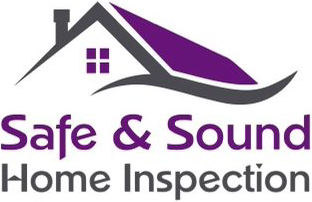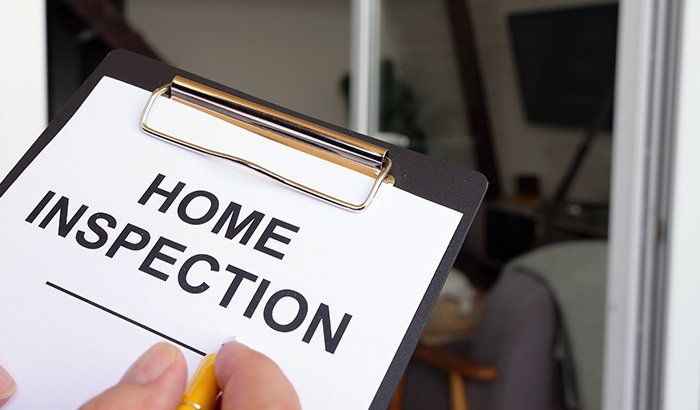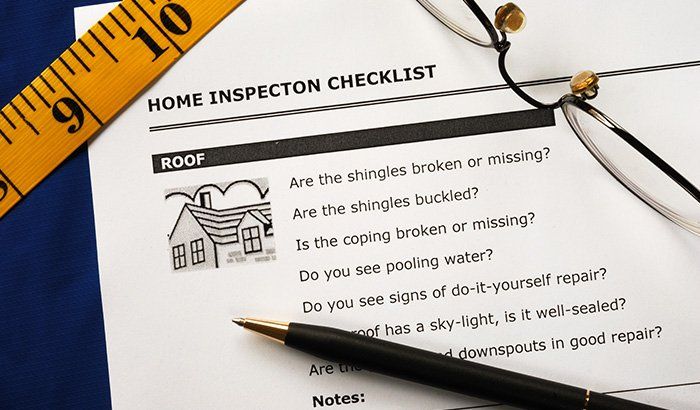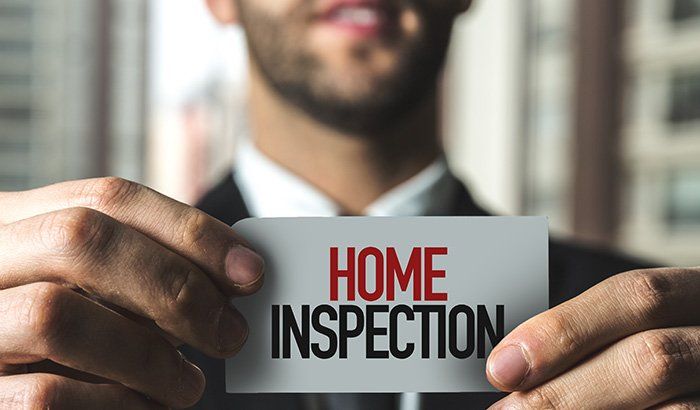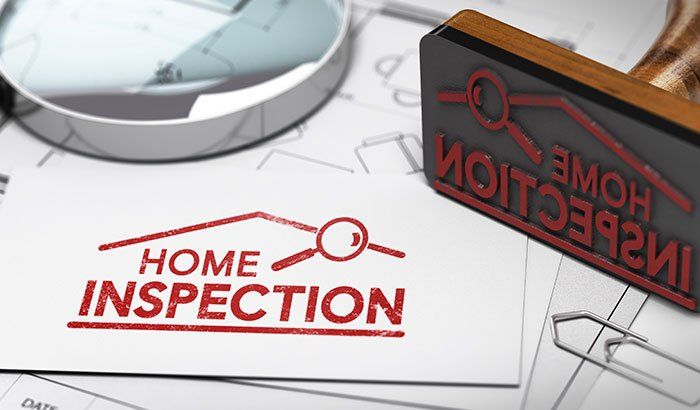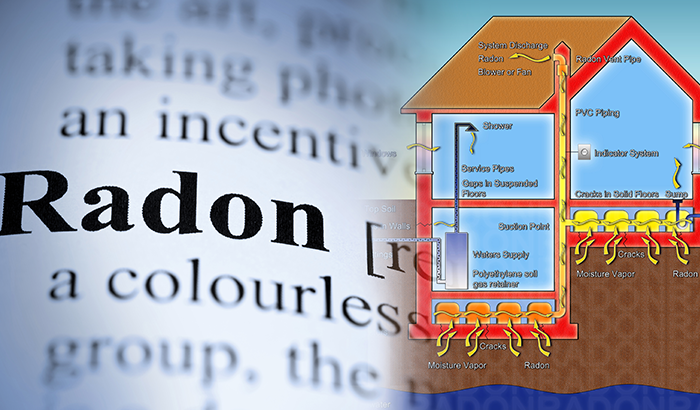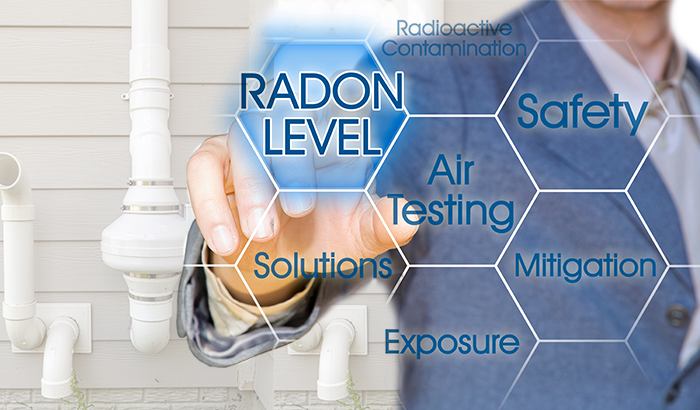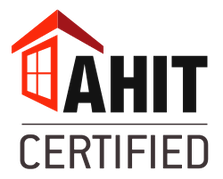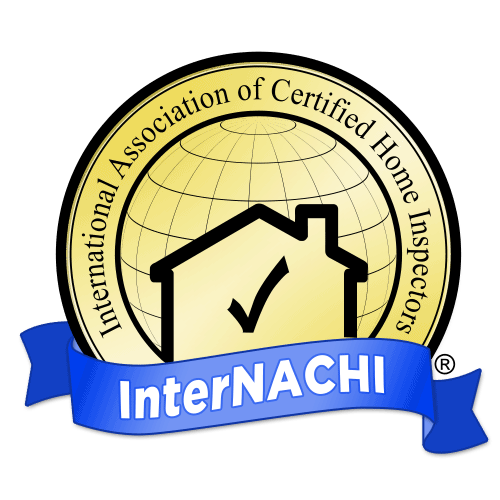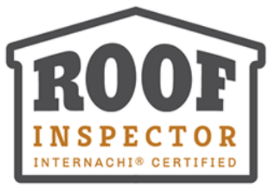Do I Need Radon Protection?
Hibu Websites • January 19, 2022
When you’re zoned into the process of building or buying a home, radon protection may not be the first thing that comes to mind. While it’s essential to focus on things like how many bedrooms you’re getting and how safe the neighborhood is, radon testing is something that should top your priorities.
But what exactly is radon, and why should you be on top of radon detection?
Things to Know About Radon
Radon is a radioactive gas that is naturally occurring outdoors and comes from the soil. While it is a naturally occurring element, there’s nothing natural about it leaking into your home. In fact, radon is the second leading cause of lung cancer in the United States after smoking.
This is primarily because houses aren’t tested often enough, even though we spend most of our time indoors. What makes radon so dangerous is that it cannot be seen, smelled, or tasted, and makes its way into your home through cracks or holes, building up in the air inside over time. Your home, if not adequately protected, acts as a radon vacuum.
Radon in Utah
What makes Utah unique is that we are a mining state, and this means that we have higher concentrations of uranium. This equates to higher amounts of radon reaching our homes than in other states. One in three homes in Utah has high radon levels, and this alone should be reason enough for you to get your home tested for radon, or if you’re building, look into radon protection.
While no amount of radon is good for you, living in Utah will ultimately expose you to higher levels, which means an increased chance of developing lung cancer, something far more painful and expensive than investing in testing and protection.
What Radon Protection Looks Like
If you’re building a home from scratch, you should talk to your builder about ensuring that your new home is protected from radon. This will cost extra, but the fee is usually not too expensive, and it will save your health from the adverse effects that come from exposure to the carcinogen.
Protection may look like:
- Installing a layer of clean gravel beneath your flooring system.
- Laying polyethylene sheets on top of the gravel layer.
- Sealing and caulking your foundation thoroughly.
- Including a gas-tight venting pipe from the gravel level through the building to the roof.
Your builder will know about these precautions, so there’s no need to worry about hiring a different contractor to perform these techniques.
Stay a Step Ahead of Radon, Schedule a Radon Testing with Safe and Sound Inspection
We take radon testing seriously at Safe and Sound Inspection because we know how dangerous it is to your family’s well-being. We use high-end radon equipment to scan your home hourly, giving us direct feedback on radon levels, pressure, humidity, and temperature readings so that we can advise you promptly if you need to look into radon protection. Give us a call today at (385) 474-9633, or send us a message to schedule your radon testing appointment.
